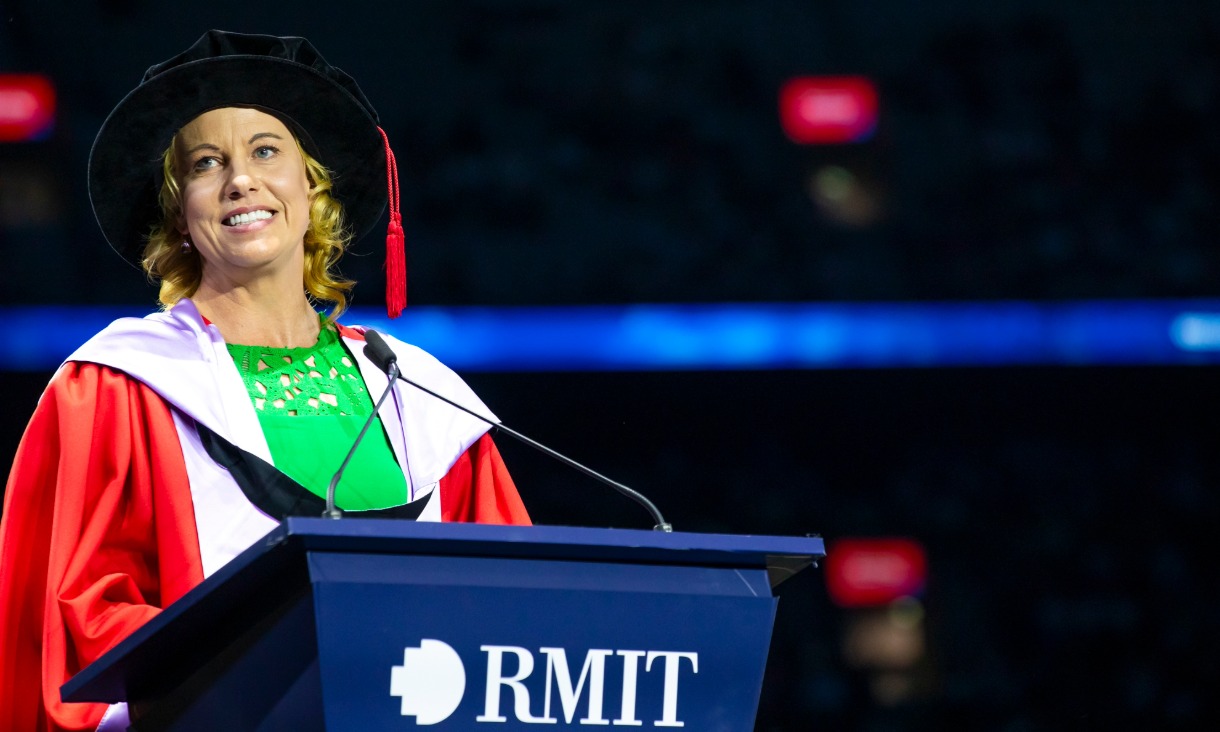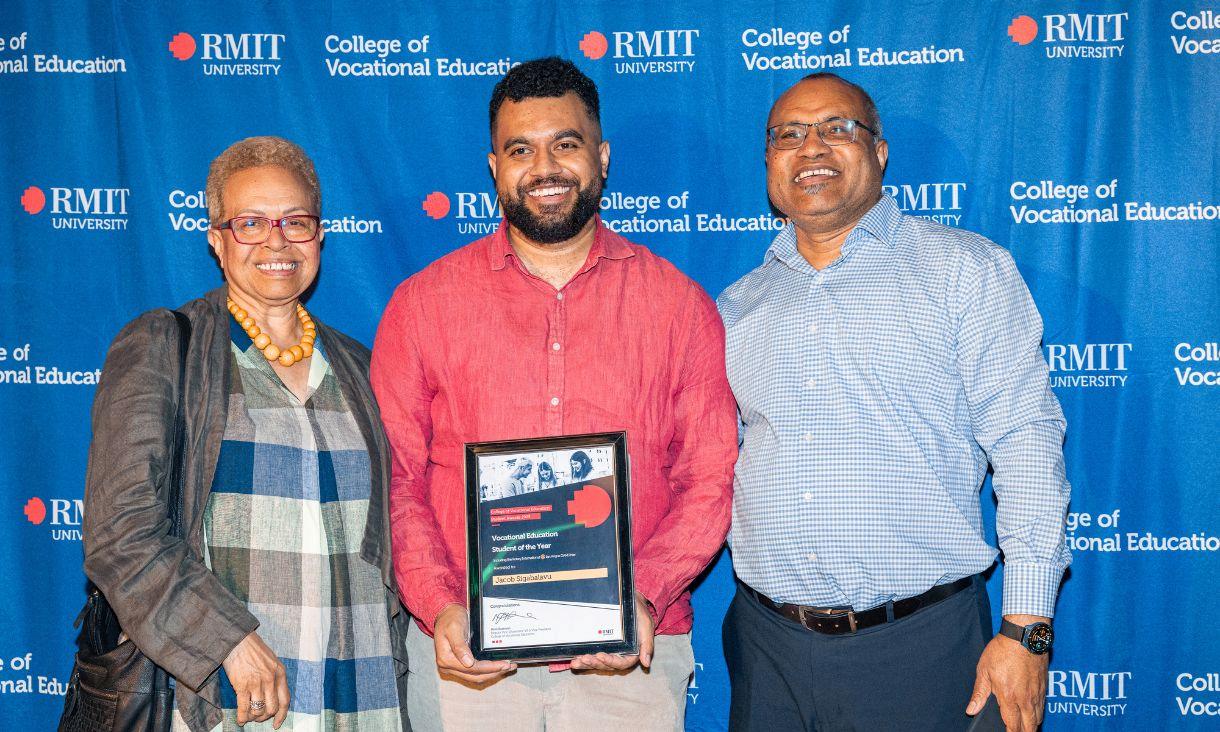The following is an abridged version of her submission. Dr Walkowiak is available for interviews.
Generative AI has properties that are very different from other technologies and will transform our labour market in new ways.
The time to act to ensure that GenAI works for workers is now. My previous research has demonstrated that once technological and organisational choices are implemented, firms do not reverse their choices. Once GenAI is adopted and AI risk mitigation is decided, these choices will not be reversed.
There are two important aspects that I want to flag which differentiate GenAI from other technologies.
Firstly, during previous waves of technology adoption, we have observed a polarisation of income and opportunities on the labour market. What is different this time is that GenAI can enhance the productivity of less skilled and less experienced workers. My research shows GenAI can enhance productivity of less skilled and less experienced workers – positively impacting all workers. Immediate productivity gains for less experienced or less skilled workers was not something observed for other technologies. This is a unique opportunity presented by AI; appropriate policies need to be designed to unlock these opportunities.
Secondly, my recent research into AI risks shows that the transformation of jobs is driven by the inseparability between productivity gains and new AI risks. I analysed the exposure of the Australian Labour Market to eight AI risks (such as privacy or cybersecurity). These AI risks are new types of occupational risks. Mapping of AI risks exposure can help prioritise policy intervention to mitigate these risks.
What does it mean for the labour market? GenAI is a new type of economic agent, involving new types of productivity gains, new forms of learning and new types of risks. The major impact of technological change is a creative destruction of jobs and skills. In the US, research shows that 60% of job titles that existed in 2018 did not exist in the 40s. The creation of new jobs reflects not just automation, but the enabling of new capabilities and services that were not previously feasible without technologies. Policies must be designed and implemented to shape the adoption of GenAI that works for all workers and favour the creations of these new jobs. Upskilling is central to prepare the workforce for the next generation of jobs.
In conclusion, GenAI is about to bring transformational changes in the workplace. These changes can be shaped by adequate policy-making to ensure adoption of AI works for all workers, and there is an opportunity to make AI work for less skilled workers. To ensure that we maximise the benefits of AI adoption, we need a better understanding of emerging risks for workers, which need to be managed with adequate regulations and policies in order to protect workers.
Emmanuelle Walkowiak is Vice-Chancellor’s Senior Research Fellow at RMIT in the School of Economics, Finance and Marketing. She leads the FLOW-GenAI initiative (Future of Labour, Organisation and Work with GenAI).
***
General media enquiries: RMIT External Affairs and Media, 0439 704 077 or news@rmit.edu.au







